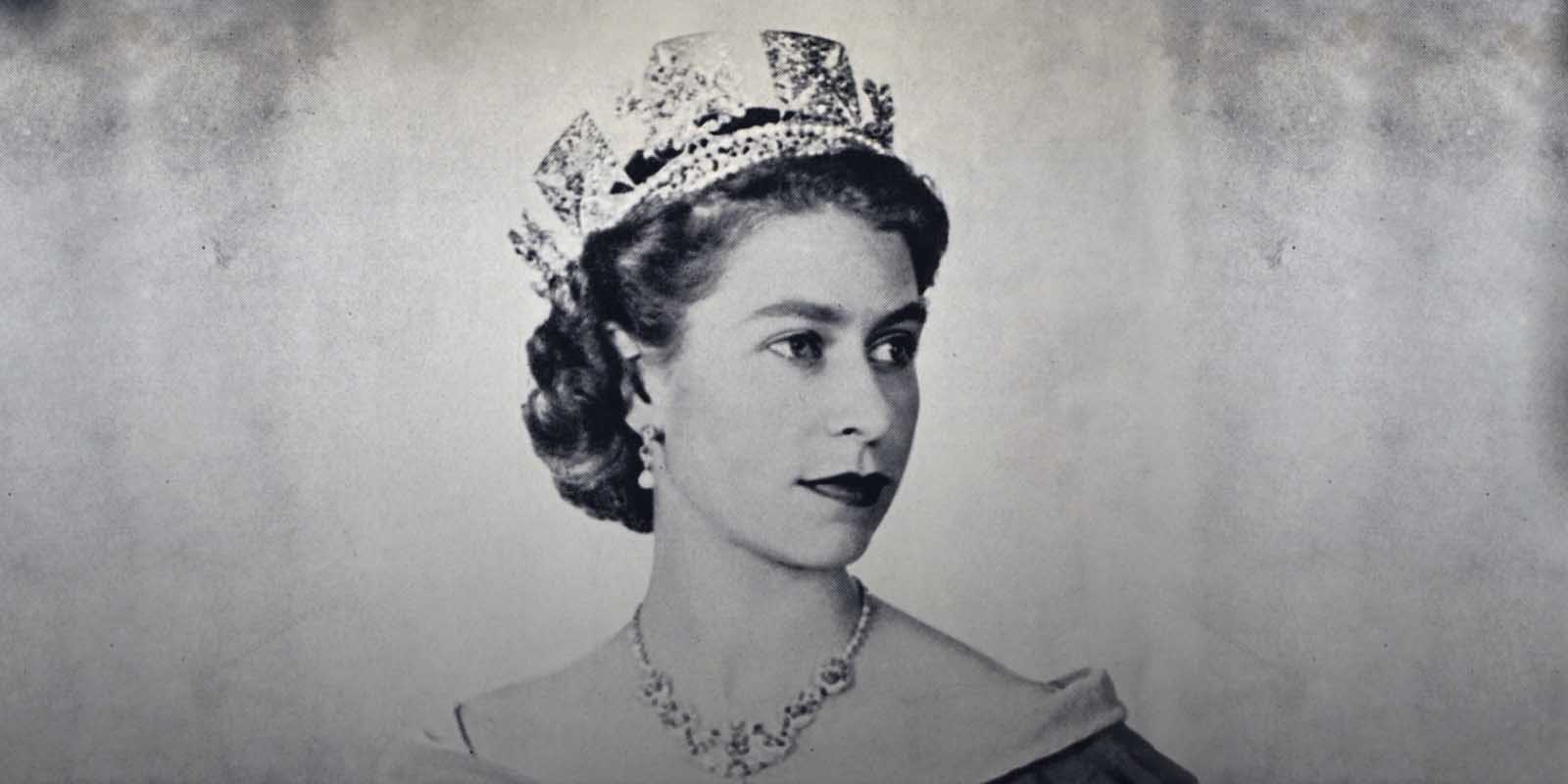When Queen Elizabeth II came to the throne in 1953, The Royal Mint was asked to mark the occasion with a special set of Proof coins.
The process began with the commissioning of The Queen’s first royal portrait. International society photographer Dorothy Wilding was asked to take some photographs of the young queen.
Dorothy Wilding’s photographs showed The Queen in profile and facing to the right. Traditionally, monarchs had always appeared in profile on their coins, facing the opposite way from their predecessor. As Queen Elizabeth II’s father George VI had faced to the left, it was her turn to face to the right.
Seeking a winning design
A competition was announced, inviting sculptors to use the photographs to create designs for the royal effigy, and 17 sculptors accepted the challenge. The winning design was created by Mary Gillick, whose portrait showed The Queen wearing a laurel crown.
Mary Gillick’s effigy made a refreshing change from previous portraits of twentieth-century monarchs. The Queen was shown ‘uncouped’, which means the likeness encompassed some of the shoulders rather than being tightly cropped at the neck. The portrait sat within a continuous inscription, which harked back to the coins of Elizabeth I.
The design gave The Queen a regal and dignified presence. It seemed to sum up the optimism of the nation following the Second World War and was praised as a symbol of a new, more prosperous era.
Unveiling the new portrait
The new royal portrait was unveiled in the autumn of 1952. Three sets of Proof coins were struck to commemorate The Queen’s coronation in 1953. Each set included a £5, a £2, a Sovereign and a Half-Sovereign.
One set of coins was gifted to the British Museum, one to the Royal Collection and the third set was kept at The Royal Mint Museum, where it remains in the collection today, along with the pattern pieces and the original dies.
When Mary Gillick passed away in 1965, her portrait of Queen Elizabeth II was still in use on the nation’s coinage. In fact, this first effigy was in circulation until 1968, when it was replaced by a new portrait by Arnold Machin RA.

